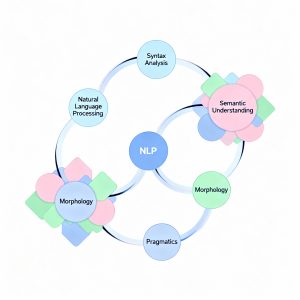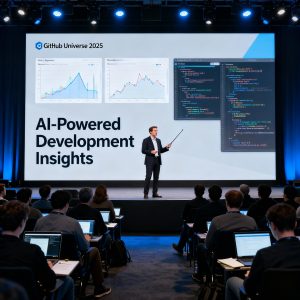Over the past decade, the full-stack development landscape has undergone significant transformation, largely driven by advancements in artificial intelligence (AI) and its integration into user interface (UI) and user experience (UX) design. As AI continues to lead the charge in enhancing usability and engagement, it is reshaping how applications are developed, tested, and refined.
Understanding the Role of AI in Full-Stack Development
AI is at the forefront of improving both front-end and back-end processes within full-stack projects. This intersection of AI with UI/UX design is revolutionizing software development by streamlining workflows and enhancing user interactions. Here are some key areas where AI is making an impact:
Enhanced Testing and Debugging
AI-driven technologies can automate UI/UX testing by simulating user interactions and identifying bottlenecks. This automation not only ensures a smoother deployment process but also significantly reduces development time.
Improved Front-End Interactivity
With the help of AI tools, front-end developers can create dynamic and interactive user experiences. By integrating machine learning models, developers can incorporate features such as real-time image recognition, predictive text inputs, and adaptable layouts into web or mobile applications.
Streamlined Back-End Operations
AI algorithms facilitate efficient data processing and storage on the back end. For instance, the infrastructure must support effective management of large datasets required by AI-powered recommendation systems.
Enhancing UI/UX Design with AI
AI’s ability to adapt in real-time based on predictions marks a significant advancement over traditional systems that require manual updates. For example, it can remind users to complete forms, auto-fill common fields, or adjust layouts if it detects a likelihood of form abandonment.
Hyper-Personalization
Modern users increasingly demand personalized experiences, and AI excels at delivering this. By analyzing users’ browsing history, preferences, and interactions, AI can create tailored experiences. E-commerce platforms utilize AI to suggest products based on individual customer preferences.
Continuous Usability Testing
Traditional user testing often involves manual planning and oversight. In contrast, AI can continuously monitor user interactions to identify friction points without waiting for scheduled tests. If a user consistently selects the wrong option or spends excessive time on a page, AI can alert designers to these issues for prompt adjustments.
Dynamic and Adaptive Layouts
AI can swiftly modify content and interface designs based on user behavior predictions. Imagine an application whose interface adjusts as you navigate through it—providing guided tours for first-time users or altering content to meet your needs. This adaptability ensures a consistently positive user experience.
The Future of UI/UX Design
As AI and machine learning technologies continue to evolve, the future of UI/UX design looks promising. Designers will harness these advancements to create experiences that are not only user-centric but also proactive and predictive. This shift enables hyper-personalization and anticipatory design while democratizing access to design tools for individuals with varying skill levels.
Conclusion
The convergence of AI with UI/UX design represents a paradigm shift in how digital solutions are created and utilized within full-stack projects. For those looking to thrive in this field, pursuing full-stack training can provide the comprehensive education needed to excel in today’s competitive IT landscape. As demand for intelligent, user-friendly applications grows, integrating AI into UI/UX design will be crucial for shaping the future of technology.
Read more such articles from our Newsletter here.



